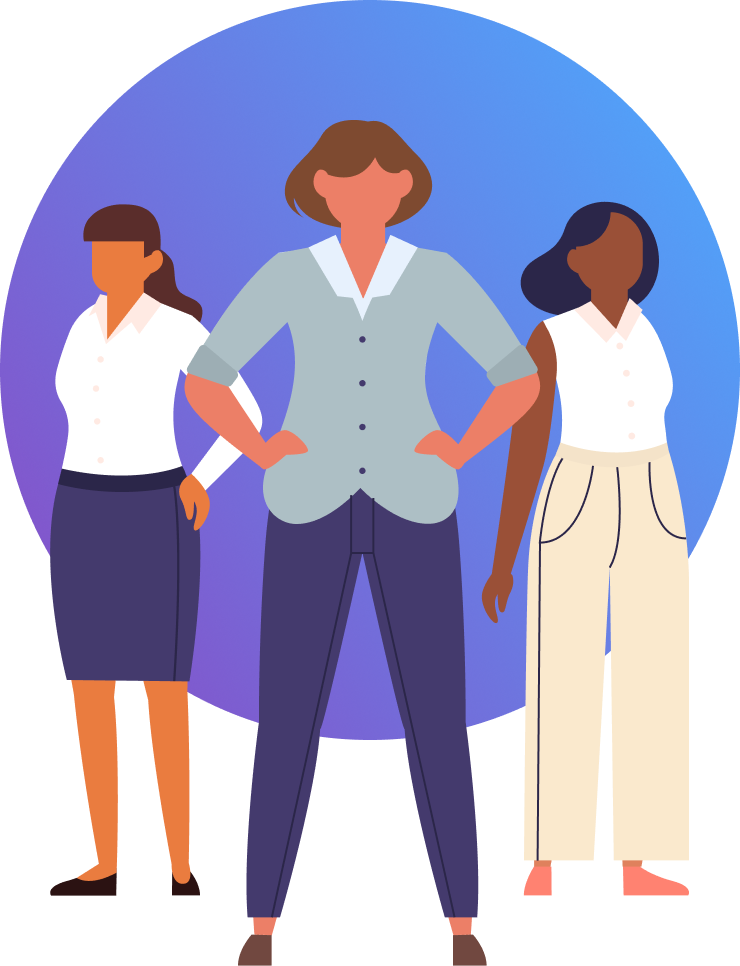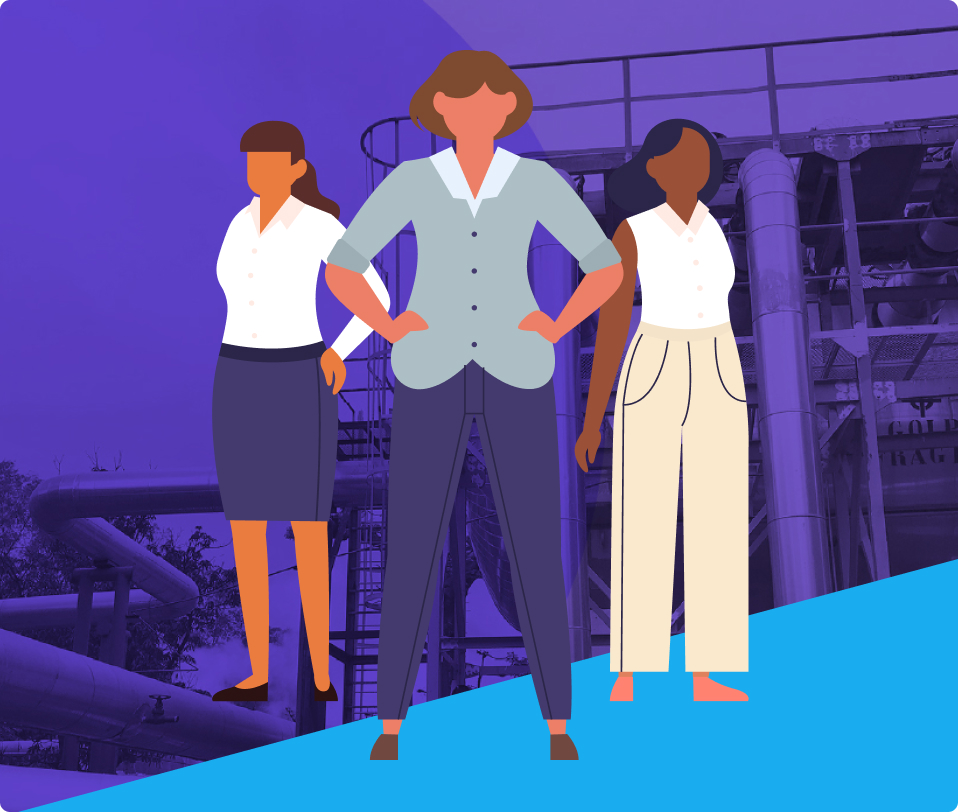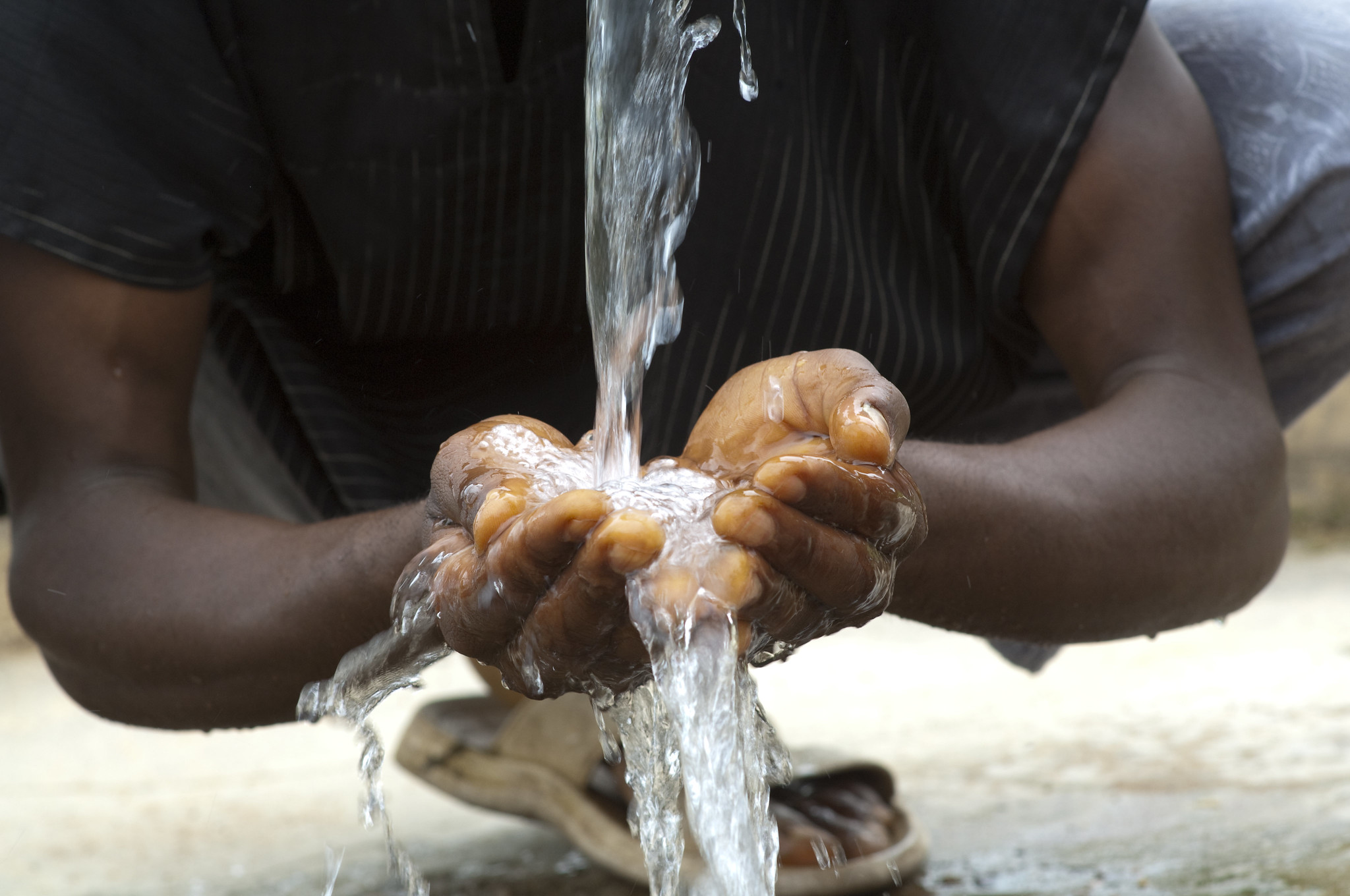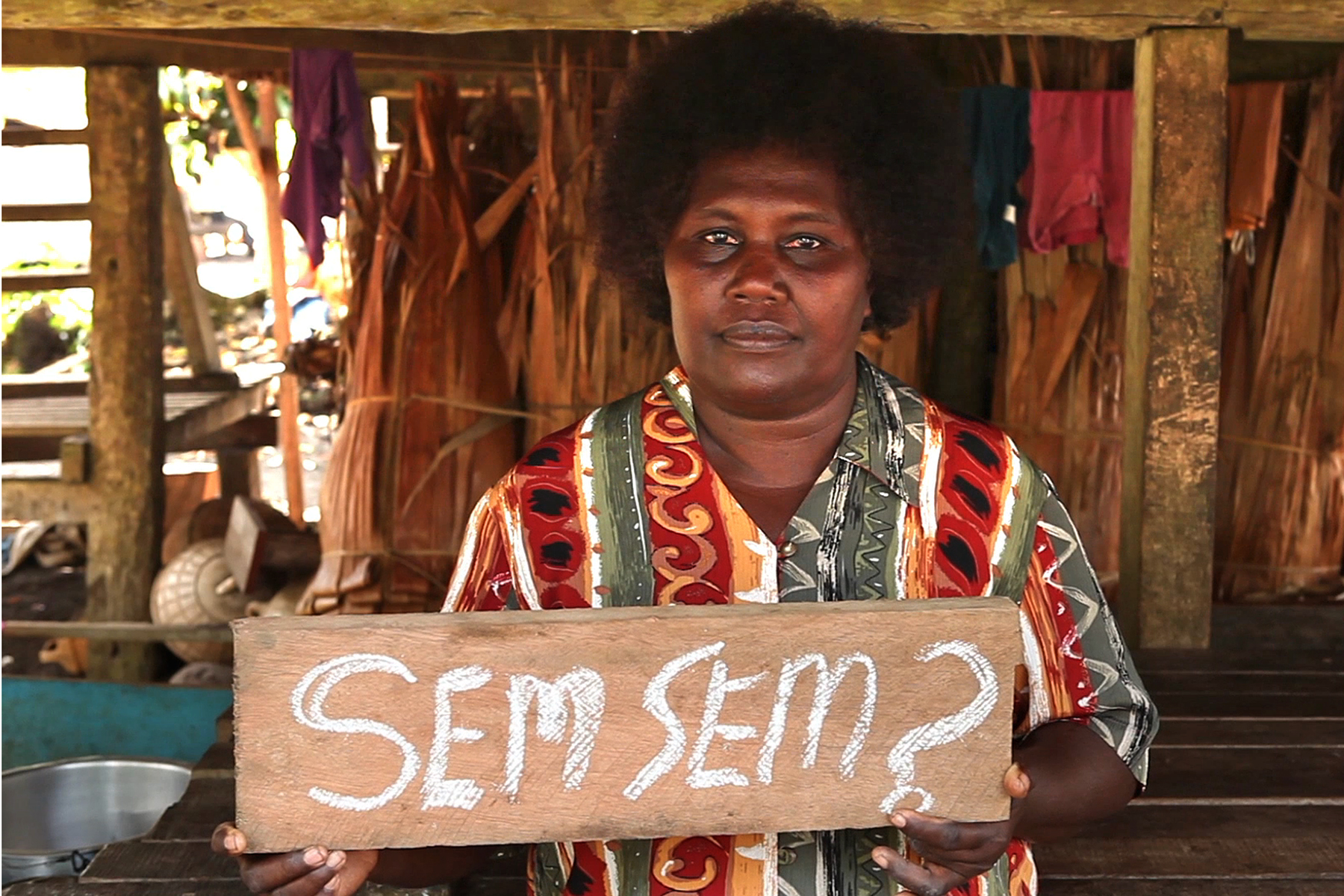Business Case: Water
Water for All

KEY FINDINGS
Eliminating Barriers to Service—and Public Life

01
A more gender-diverse workforce improves operational effectiveness

02
Improving access to water and sanitation for low-income urban households has a multiplier effect on community wellbeing and social and economic progress

03
Improving how projects target consumers creates opportunities for expansion.

04
Constructing water and sanitation facilities improves safety and reduces gender-based violence and harassment (GBVH).
Strategies to address gender gaps
 Improve how projects target consumers and beneficiaries.
Improve how projects target consumers and beneficiaries.
 Focus on safety and reducing GBVH.
Focus on safety and reducing GBVH.
 Increase the representation of women in the water sector workforce.
Increase the representation of women in the water sector workforce.
 Improve how projects target consumers and beneficiaries.
Improve how projects target consumers and beneficiaries.
 Focus on safety and reducing GBVH.
Focus on safety and reducing GBVH.
 Increase the representation of women in the water sector workforce.
Increase the representation of women in the water sector workforce.
Fast Facts
Including women is the key to expanding infrastructure and revenue.
$260B
Source: World Bank
18%
Source: World Bank
6%
Source: World Bank
6-7x
Source: WSUP
$13M
Source: World Bank
23 countries
Source: World Bank
1 in 4
Source: Anna Maria van Eijk et all
72.2M Hours
Source: BRK Ambiental and Instituto Trata Brasil
30 hours
Source: Ciudad de Mexico
$2B
Source: IFC
15x
Source: City Taps






